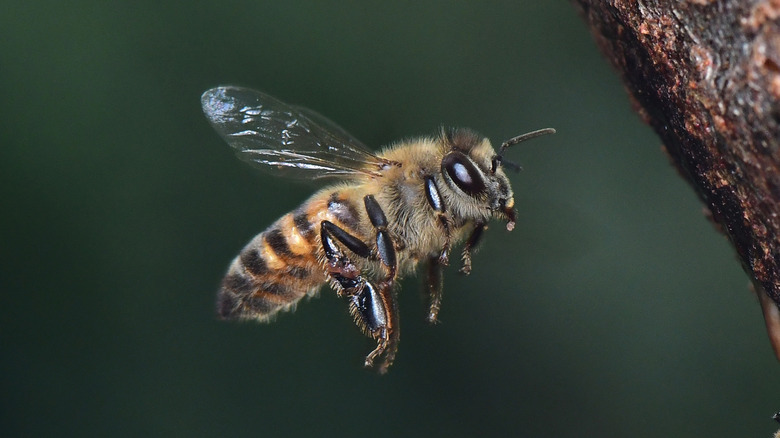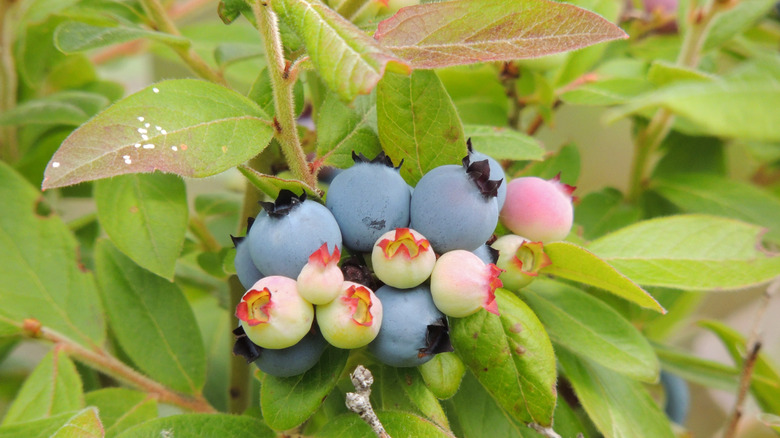The Native Flowering Ground Cover That'll Fill Your Yard With Birds, Butterflies & Bees
Ground covers can be a lifesaver for bringing color to your gardens and suppressing and outcompeting weeds. Opting for native ground covers that appeal to your local pollinators and birds is even better. And if that ground cover also happens to have delicious berries? It doesn't get much better than that. You can get all these benefits and more with lowbush blueberries (Vaccinium angustifolium).
Lowbush blueberries grow wild in much of north eastern North America and are an important part of ecosystems like pine barrens. Because they rarely grow past 2 feet, with some cultivars like 'Verde' even remaining under 1 foot, lowbush blueberries make ideal ground covers, particularly in regions where they are native. They're especially beneficial for native bees, though they're also a hit with honey bees and even butterflies appreciate their flowers. If you don't end up eating all the tasty blueberries yourself, local birds are more than happy to feast on them as well.
Caring for lowbush blueberries
Lowbush blueberries are hardy in zones 2 through 8, and grow well in full sun to partial shade. While they aren't necessarily difficult to grow, their need for acidic soil, with a pH between 4 and 5, means you may have to put some thought into where to plant them and what plants to pair them with. Luckily, there are a variety of colorful plants that also thrive in acidic soil. Lowbush blueberries are not as particular about soil texture as they are about pH, and they can grow in everything from sandy to clay-heavy soils, though they benefit from soil that is fertile and well-draining.
Once you've planted your lowbush blueberries, it's important to water them regularly, as they have shallow roots. Mulching is also helpful for ensuring their soil stays moist. Continue to care for your blueberry plants by fertilizing them in spring with a formula designed for blueberries or other shrubs that require acidic soil.

